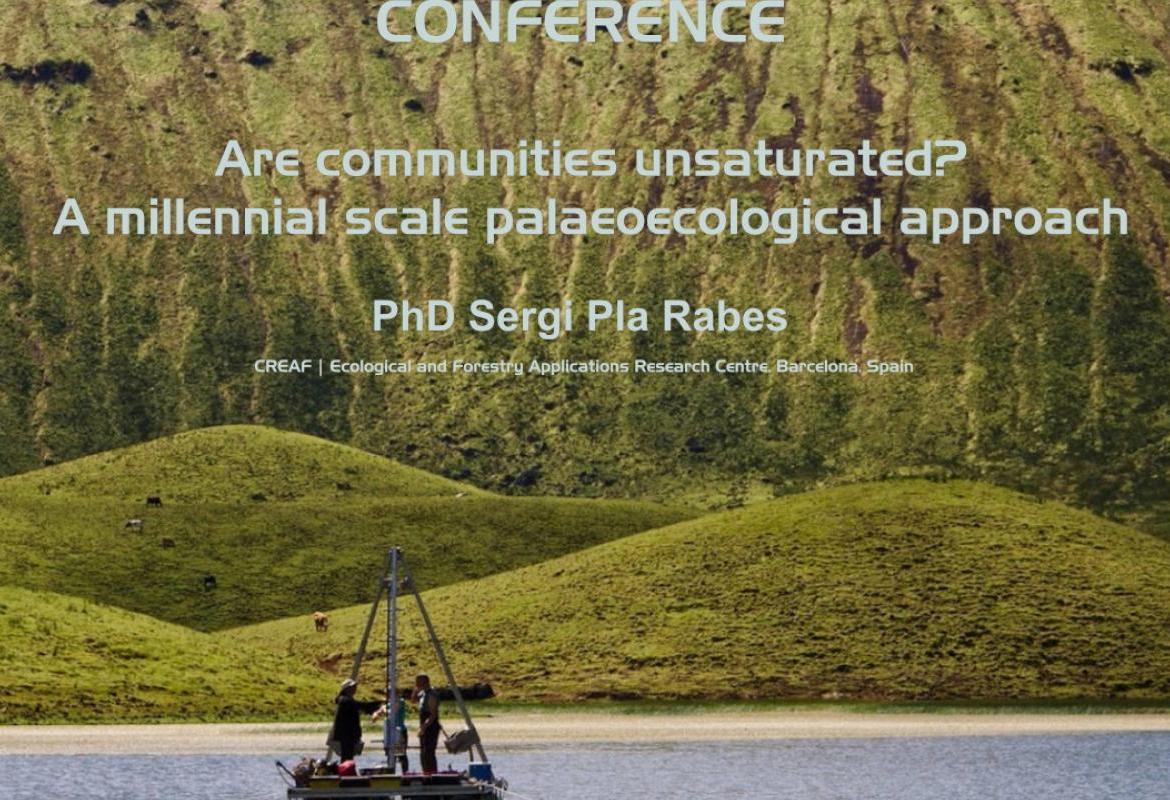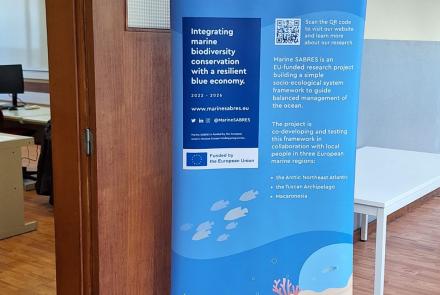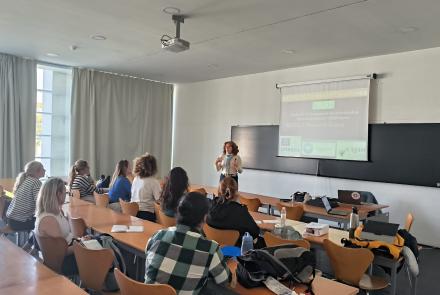Conference "Are communities unsaturated? A millennial scale palaeoecological approach"
Conference to be presented by Sergi Pla-Rabes on 25th October 2019
Over the last 540 million years, the diversity of life on Earth has increased despite the occurrence of five catastrophic mass extinctions events. Under the current global change, habitat destruction and the introduction of exotic species are the leading causes of a worldwide species extinction. However, beyond the global speciation and extinction events, at ecological time scales, local diversity is currently increasing in many assemblages.
Assuming that communities are saturated, the observed increase in richness could be due to an extinction debt, a transient phenomenon between two ecological states. However, several theoretical developments and empirical data showed that there is no reason to assume an upper bound (other than space) for local and regional richness. Hence, under an open community scenario richness could increase over time.
To improve conservation policies is necessary to solve the saturation debate, at least at ecological time scales. Hence, there is a need for long-term data to include long-term processes and slow variables to understand community assembly and saturation.
Here we show a Holocene lake sediment record of benthic and planktonic protist assemblages indicating that communities still unsaturated after 10.000 years. We observed an early establishment of core functional species that are responding to long-term changes in Holocene climate and lake biogeochemistry.
Protist productivity and the abundance of core species declined during north hemispheric cold spells, which lead to a transient increase in rare species. However, after these cold spells species gains were always higher than species losses, which results in the observed increasing trend in richness all through the Holocene.
These results point to the relevance of disturbances to maintain and increase local diversity. However, at this stage, we do not know if the local increase on richness is related to a transference of diversity from b-diversity to a-diversity, which would cause a long-term regional biotic homogenization.









